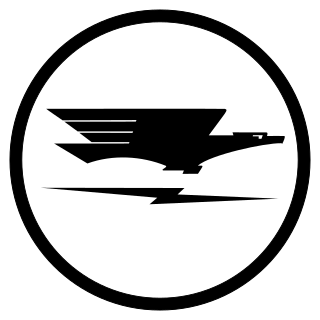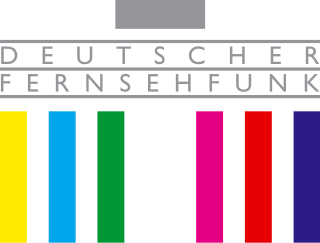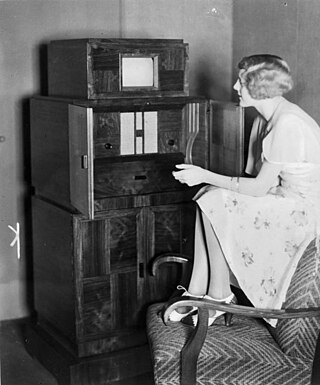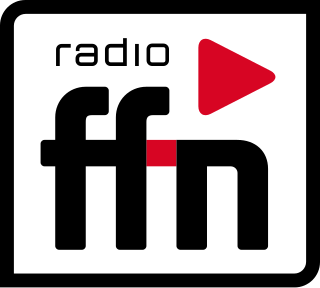History
For the first time, on 10 June 1996 the channel went on the air as a stand-alone program after broadcasting regularly on the Dresdner frequency of RTL (Regionalfenster 18: 00-18: 30 o'clock), later VOX, the regional broadcast "Drehscheibe Dresden" has been. At the beginning the program of Dresden Fernsehen consisted of the hourly repeated turntable as well as a screen newspaper with music. In the meantime, a joint program of Saxon conurbations (Dresden Fernsehen, Leipzig Fernsehen, Chemnitz Fernsehen) was organized by Sachsen Fernsehen GmbH & Co. Fernseh-Betriebs KG under the name Sachsen Fernsehen. At this time, some older series, such as, E.g. "A Bayer on Ruegen", and films by the Kirch group.
Until the end of 2016, Sachsen Fernsehen GmbH & Co. Fernseh-Betriebs KG still had the broadcasting license of the Saxon State Media Institute for Local Television in Dresden, but had transferred its production to regional partners after financial difficulties. By the end of 2005, the company ElbTV Film und Fernsehproduktion GmbH had been producing programs for the station. Since January 2006, the program has been produced by Fernsehen in Dresden GmbH. Since the beginning of 2017 Fernsehen in Dresden GmbH GmbH is also the owner of the broadcast license. Since January 2017 television in Dresden GmbH has also been responsible for the toneless passenger TV in the Dresden trams. Around 231,000 use the tram system every day.

ARD is a joint organisation of Germany's regional public-service broadcasters. It was founded in 1950 in West Germany to represent the common interests of the new, decentralised, post-war broadcasting services – in particular the introduction of a joint television network.
Südwestrundfunk, shortened to SWR, is a regional public broadcasting corporation serving the southwest of Germany, specifically the federal states of Baden-Württemberg and Rhineland-Palatinate. The corporation has main offices in three cities: Stuttgart, Baden-Baden and Mainz, with the director's office being in Stuttgart. It is a part of the ARD consortium.
Mitteldeutscher Rundfunk, shortened to MDR, is the public broadcaster for the federal states of Thuringia, Saxony and Saxony-Anhalt in Germany. Established in January 1991, its headquarters are in Leipzig, with regional studios in Dresden, Erfurt and Magdeburg. MDR is a member of the ARD consortium of public broadcasters in Germany.
Television in Germany began in Berlin on 22 March 1935, broadcasting for 90 minutes three times a week. It was home to the first public television station in the world, named Fernsehsender Paul Nipkow.

Norddeutscher Rundfunk, commonly shortened to NDR, is a public radio and television broadcaster, based in Hamburg. In addition to the city-state of Hamburg, NDR broadcasts for the German states of Lower Saxony, Mecklenburg-Vorpommern and Schleswig-Holstein. NDR is a member of the ARD organisation.

Saarländischer Rundfunk, shortened to SR, is a public radio and television broadcaster serving the German state of Saarland. With headquarters in the Halberg Broadcasting House in Saarbrücken, SR is a member of the ARD consortium of German public-broadcasting organizations.
Transdev Germany is the largest private operator of passenger buses and trains in Germany. It is a subsidiary of Transdev.

The Dresden S-Bahn is a network of S-Bahn-type commuter train services in Dresden and the surrounding area. It is commissioned by Verkehrsverbund Oberelbe (VVO) from DB Regio Verkehrsbetrieb Südostsachsen and currently consists of three services operating over a 127.7 km-long (79.3 mi) network.
The Fernseh AG television company was registered in Berlin on July 3, 1929, by John Logie Baird, Robert Bosch, Zeiss Ikon and D.S. Loewe as partners. John Baird owned Baird Television Ltd. in London, Zeiss Ikon was a camera company in Dresden, D.S. Loewe owned a company in Berlin and Robert Bosch owned a company, Robert Bosch GmbH, in Stuttgart. with an initial capital of 100,000 Reichsmark. Fernseh AG did research and manufacturing of television equipment.

The Reichs-Rundfunk-Gesellschaft was a national network of German regional public radio and television broadcasting companies active from 1925 until 1945. RRG's broadcasts were receivable in all parts of Germany and were used extensively for Nazi propaganda after 1933.

Deutscher Fernsehfunk was the state television broadcaster in the German Democratic Republic from 1952 to 1991.

89.0 RTL is a German radio channel whose studios are located in Halle (Saale). It aims at the 14-29 age bracket.

The Verkehrsverbund Oberelbe is a transport association run by public transport providers in the Saxon Elbeland area of the German state of Saxony. The VVO area comprises the city of Dresden, together with the districts of Meißen and Sächsische Schweiz-Osterzgebirge, and the north-western part of the district of Bautzen.

The first regular electronic television service in Germany began in Berlin on March 22, 1935, as Deutscher Fernseh Rundfunk. Broadcasting from the Fernsehsender Paul Nipkow, it used a 180-line system, and was on air for 90 minutes, three times a week. Very few receivers were ever privately owned, and viewers went instead to Fernsehstuben. During the 1936 Summer Olympics, broadcasts, up to eight hours a day, took place in Berlin and Hamburg. The Nazis intended to use television as a medium for their propaganda once the number of television sets was increased, but television was able initially to reach only a small number of viewers, in contrast to radio. Despite many technical improvements to camera technology, allowing for higher resolution imaging, by 1939, and the start of World War II, plans for an expansion of television programming were soon changed in favor of radio. The production of the TV receiver E1, that had just started was cancelled because of the war. Nevertheless, the Berlin station, along with one in occupied Paris, remained on the air for most of World War II. A special magazine called Fernsehen und Tonfilm was published.
Sachsenspiegel is a news programme on MDR Fernsehen, the regional television station of the German Mitteldeutscher Rundfunk.

Radio ffn is a commercial radio station operated by Funk & Fernsehen Nordwestdeutschland GmbH & Co. KG in Lower Saxony, Germany. It broadcasts from regional studios in Braunschweig, Göttingen, Hanover, Lüneburg, Oldenburg, and Osnabrück.
Beate-Uhse.TV is a private television station in Germany belonging to the Beate Uhse sex shop franchise, dedicated to softcore pornography. It is operated by tmc Content Group GmbH based in Berlin. Beate-Uhse.TV broadcasts daily from 20:15 to 5:45.

Funk is a German video-on-demand service, operated by the public broadcasters ARD and ZDF. SWR, a regional ARD member, is responsible for the service. Funk describes itself as a "content network". The target group is people between the age of 14 and 29.

Helmar Rudolf Willi Weitzel is a German television presenter, journalist and film producer. He moderated the television programs Willi wills wissen and Willis VIPs. In 2008 he made the movie Willi und die Wunder dieser Welt. Other TV shows he hosted were Willis Quiz Quark Club, Willi wills wissen – Gute Frage, nächste Frage!, Willi wills wissen von A–Z and Ein guter Grund zu feiern. Since 2013 he has been on the road in Germany with his live program Willis wilde Wege. Since January 2018 he has moderated the magazine Gut zu Wissen on BR Fernsehen.

Bild was a German free-to-air private news TV channel that represented the television arm of the Bild newspaper. It belonged to the WeltN24 broadcasting group, the TV subsidiary of Springer SE, and began broadcasting on 22 August 2021. The program was distributed via German cabel networks, Satellit Astra 19.2 E, IPTV and OTT.The station was financed through advertising and the main program was the news format "BILD LIVE".













